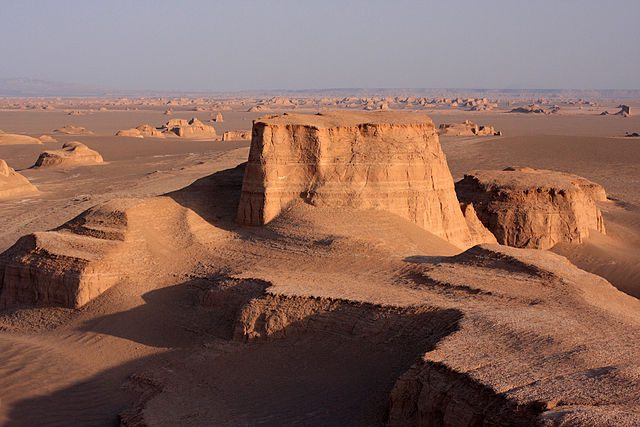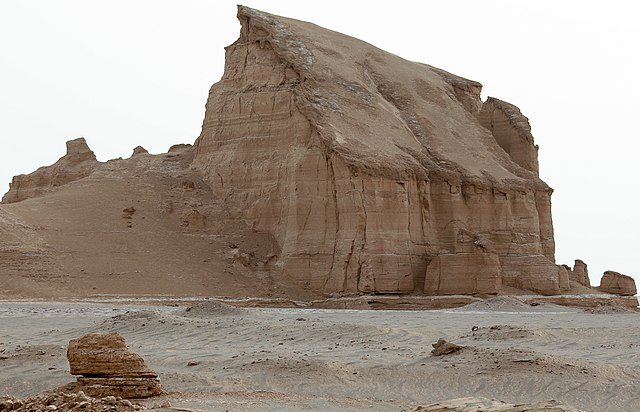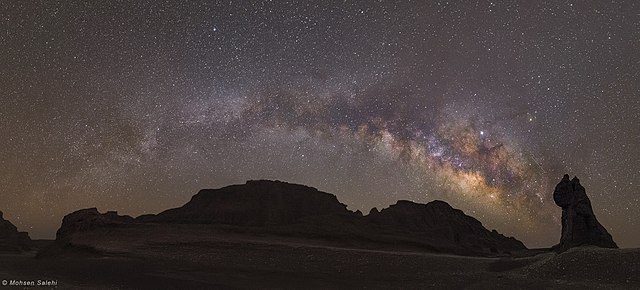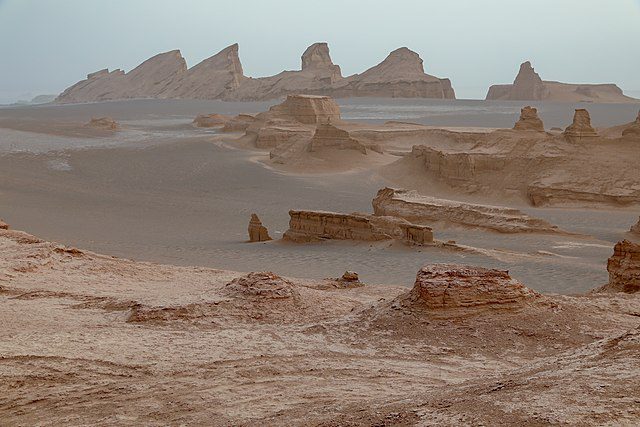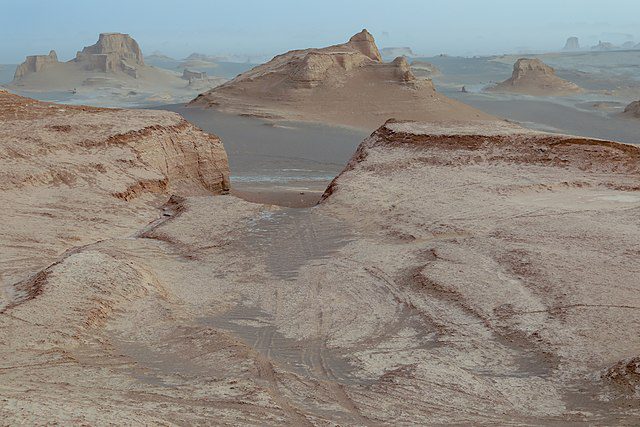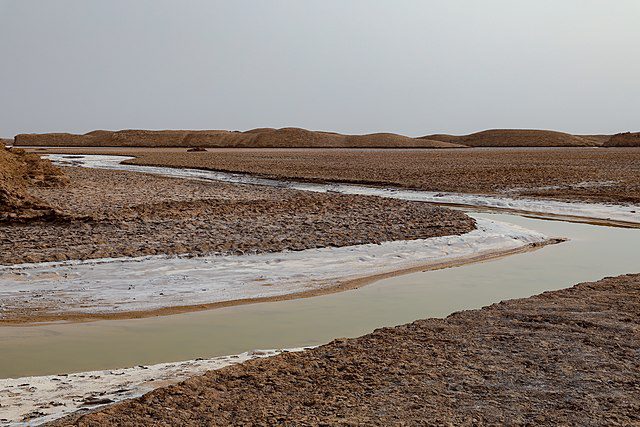Table of Contents
Lut Desert Facts and History
The deserts of Iran are one of the most beautiful features of nature that can be seen in parts of the country. One of the most spectacular deserts in Iran, which has attracted the attention of many tourists around the world, is called the Lut Desert. Not only it is popular among tourists but also is one of Iran’s Natural sites that is inscribed in the UNESCO World Heritage list among Hyrcanian Forests.
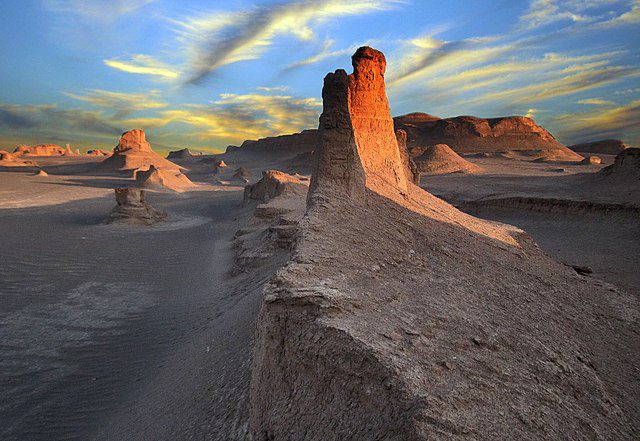
Lut Desert is located in the southeastern part of Iran and includes parts of the three provinces of South Khorasan, Kerman, and Sistan and Baluchestan. In this article, we will talk about this beautiful desert in Iran and provide you with information about its wonders and unique attractions.
With an area of more than 40,000 square kilometers, Dasht-e Lut is known as the largest desert in Iran and has attracted the attention of many desert lovers due to its amazing wonders and attractions. Deserts used to be seas or lakes, whose water has evaporated over time due to the heat of the sun, and salt and minerals have remained in them.
Lut Desert Temperature
The Lut Desert used to be a sea called the Tis, but today only the salt marsh remains. It is a salt marsh that is enclosed between Nehbandan and Nay faults and is known as the widest desert area in the world. The desert was named the hottest spot on earth from 2004 to 2009 and broke the record in 2005 at 70 degrees Celsius. Many geologists and tourism enthusiasts travel there from around the world to see the world’s largest desert and the hottest spot on earth.
Different Parts of Lut Desert Iran
The vastness of the Lut Desert has created different regions with different climates and geographical features. Lut Desert is the main lowland area that is asymmetric in terms of altitude and geographical features. Therefore, due to the shape of the roughness and the scattering of geographical features, geologists naturally divide it into three parts:
Northern Lut: The northern region of Lut is a large area that reaches a height of 1000 meters in the northern points and decreases to 500 meters as you move south.
Northern Lut is a sandy area whose southern part is formed by irregular cuts that lead to the “Birjand Salt River”. What is most striking in this area are the mountains and sedimentary and volcanic hills that have caused numerous earthquakes in northern Lut.
Central Lut: The most different part of the Lut desert can undoubtedly be considered as its central part. This area, which is 162 km long and 52 km wide and is also known as “Lut Hole”, is covered with huge and interconnected sand masses. In the central lut, salt and gypsum deserts are scattered.
Southern Lut: The southernmost region of the Lut Desert is more fertile than other parts of it in terms of vegetation and remnants of ancient civilizations.
Lut Desert Flora and Fauna
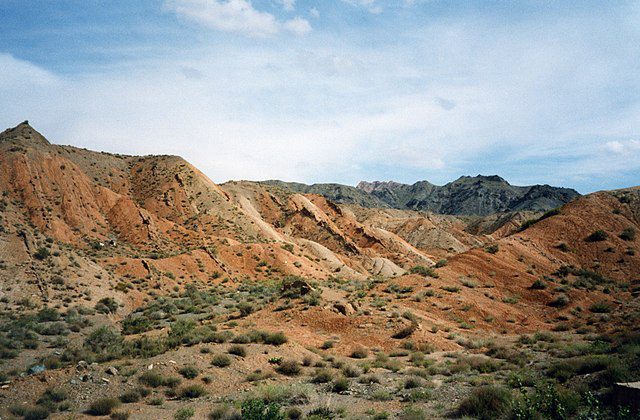
There does not appear to be any plant or animal life in the central parts of the Lut Desert; But at some times of the year when the weather is more favorable, temporary life can be observed. For example, in the spring in the Dasht-e-Sar region, after limited seasonal rains, grasses grow and burn and dry in a short time. Vegetation density is much higher in eastern Lut. In addition, turmeric trees and shrubs can be seen in 20 km of the Shahdad region, Kerman.
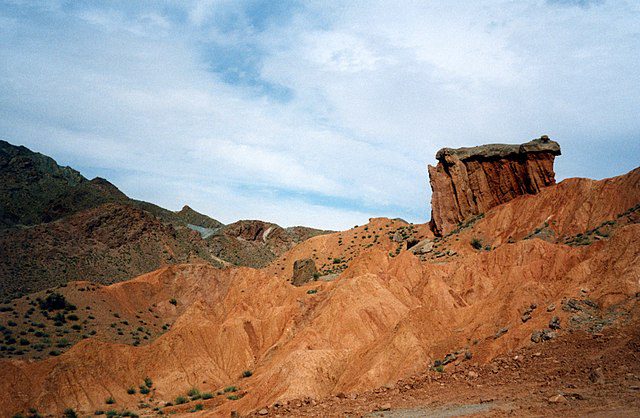
One of the most diverse views that can be seen in the Lut Desert is the Nebka or sand pots. This amazing phenomenon is one of the unique attractions of the Lut desert in Iran.
Sand dunes that surround shrubs like pots are up to 10 meters high. Lut desert sand pots are considered to be the tallest Nebka species in the world.
Drought-resistant animals live in areas near the Lut Desert. These animals include snakes and carnivorous birds, squirrels, foxes and sand cats, and agamas. About 70 species of birds have been seen in the Lut Desert, all of which have white in common to absorb less heat. These birds get their water from insects or dew, which is formed by the difference between day and night temperatures.
Lut Desert at Night
The difference between day and night temperatures is noticeable in the Lut desert. One of the reasons for the decrease in desert temperature at night is the lack of suitable vegetation; plants play a decisive role in influencing the climate of any region, and since no photosynthesis takes place in these areas, the temperature decreases. The second reason can be considered that the heat of the day is not absorbed in the desert; Because sand is not a good insulator to maintain temperature and store heat from the sun.
Of course, the issue that makes a significant difference between Lut and other desert regions of the world is the presence of 120-day winds of Sistan in summer, which means the temperature does not increase during the day and does not decrease at night.
These winds actually play the role of regulating the temperature of the Lut. Despite all this, the night sky of the desert is like a paradise for astronomers, and Lut is more pristine than other deserts in Iran, inviting photographers, astronomers and researchers.
Spectacular Attractions of Lut Desert Iran
Kaluts in Shahdad
The clot is the protrusion between the U-shaped grooves. At the top of these ridges, there is a smooth surface, but on the windward side of this ridge, there is a steep surface. These forms usually form in older and softer sediments and erosions of lakes and occur in the form of erosive hills.
Shahdad Kaluts in Kerman is known as a unique and natural attraction of Iran and there is an example of it in Utah, USA. The transcendental and eerie landscape of Kaluts of Shahdad annually attracts many tourists from inside and outside Iran. The important thing about Shahdad Kalut, which has made headlines around the world, is that it has the highest temperature on Earth. In other words, the Shahdad region in Kerman is known as the hottest spot on earth at a temperature of 70 degrees Celsius, and in addition, part of the Lut plain is a UNESCO World Heritage Site.
Shahdad Kaluts have been formed with an area of 11,000 square kilometers and were formed about 20,000 years ago due to water and wind erosion.
A civilization of more than 6,000 years old is located in the heart of Lut Plain near the Shahdad Kalut. According to experts and archaeologists, many objects such as pottery, statues, and ornaments have been found in this area, the oldest artifact found in the heart of this desert is the flag of Shahdad. With all these interpretations, the Shahdad region is both a unique phenomenon in terms of nature and of great historical importance.
Kalshur River
One of the wonders of the Lut Desert in Iran is the existence of permanent and seasonal rivers in it. Seasonal rivers often have water in winter and early spring and then dry up. The Kalshour River is the most important river in the Lut Desert, the water of which is acidic due to crossing the desert, and of course, it is very dangerous to touch.
Spider Canyon
Spider Canyon is the largest canyon in this Desert, located 130 km from Shahdad. Many permanent and seasonal rivers of the Lut Desert, including the Kalshur River, flow into this canyon. This place is named Spider Canyon because of the animals that live in it. This is where very dangerous tarantulas with deadly poisons live, such as solar tarantulas and camel tarantulas. Spider Canyon can be considered one of the most pristine places in the Lut Desert, which still retains its natural state despite the many tourists who come to visit this place.
In this article, we introduced the mysterious desert of Lut and provided information about natural attractions and ways to access the desert. The point to keep in mind is to travel to this area with a skilled guide and never enter the vast desert of Lut alone.
When traveling, do not forget items such as tents, food, toiletries, proper shoes, maps, compasses, sunscreen, and sunglasses. As mentioned above, the Lut Desert is one of the hottest spots on Earth. Therefore, visiting this desert in summer does not seem very wise. It is better to choose spring, autumn, or winter for desert wandering. You can also buy your desert tour from to Iran tour website.
FAQs about Lut Desert Iran
Q1: What is Lut Desert?
A1: The Lut Desert, also known as Dasht-e Lut, is a stunning desert situated in the southeastern part of Iran.
Q2: Where is Lut Desert located?
A2: It spans portions of the South Khorasan, Kerman, and Sistan and Baluchestan provinces.
Q3: What makes the Lut Desert special and significant?
A3: The Lut Desert, covering over 40,000 square kilometers, is the largest desert in Iran. Its unique wonders and attractions have captivated desert enthusiasts worldwide, drawing attention due to its mesmerizing landscapes formed from ancient seas or lakes that have evaporated over time.
Q4: Is the Lut Desert the hottest desert in the world?
A4: Once a sea known as the Tis, the Lut Desert now consists of a vast salt marsh enclosed between Nehbandan and Nay faults. In 2005, it earned the title of the hottest spot on earth, reaching a record-breaking temperature of 70 degrees Celsius. This extreme heat attracts geologists and tourists intrigued by witnessing the world’s hottest point.
Q5: Is the Lut Desert recognized on a global level?
a5: Absolutely, the Lut Desert holds international recognition. It has secured a place on the UNESCO World Heritage list alongside the Hyrcanian Forests, emphasizing its significance as a natural wonder and preserving its unique beauty for generations to come.
Creating Unforgettable Adventures in Iran’s Lut Desert with Customized Tours
If you’re excited about exploring Iran’s incredible Lut Desert, then planning a trip to this unique place should be on your list. This desert is famous for its strange landscapes and hot temperatures, making it a really special adventure. To make sure you have the best experience, it’s a good idea to go on a special trip that’s designed just for you.
When people want to travel to Iran and see cool places like the Lut Desert, they often choose from different pre-planned trips. That’s where To Iran Tour comes in. We’re experts at creating trips that match what you want.
We’re here to make your dream trip to this desert real. Our team is friendly and knows a lot about travel. We work with you to plan each day of your adventure, making sure it’s just the way you want. The Lut Desert is waiting for you, and with To Iran Tour, you’ll get to see it in the best possible way.

